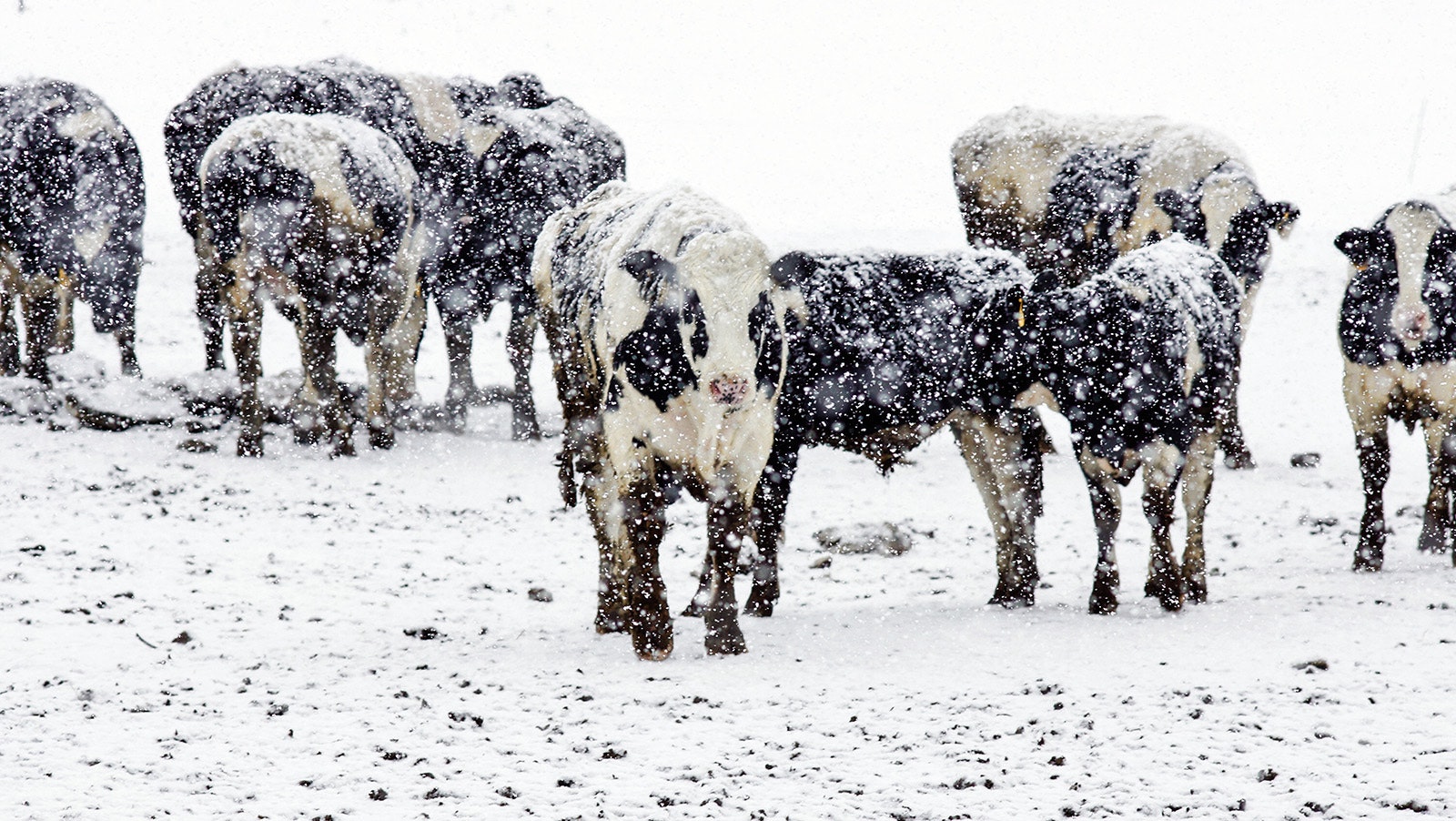The number of cattle in the United States are down a full 1% from last year. However, in Wyoming the numbers were down even more at 3% because of drought and a severe wildfire season.
The U.S. Department of Agriculture’s National Agricultural Statistics Service (NASS) reports that at the beginning of 2025, the inventory of all cattle and calves in the Cowboy State totaled 1.22 million head.
This means Wyoming producers had nearly 40,000 fewer cattle in 2024 than the year before. Much of that can be attributed to loss of forage and ranchers being forced to sell cattle because of the wildfires.
Despite these numbers, Jim Magagna, executive vice president of the Wyoming Stock Growers Association, is hopeful for Wyoming’s cattle industry in 2025.
“Our numbers are down for 2024, no doubt about it,” Magagna said. “But I think for 2025, as we're looking ahead, assuming we can hold these very strong, record prices that we've had, people will be incentivized to begin increasing their herds.”
The 2024 Droughts And Fires
Droughts and wildfires affected the cattle industry greatly last year to the extent that the U.S. Department of Agriculture (USDA ) offered extra support to ranchers through technical and financial assistance. They stated that these funds were available to help farmers and livestock producers recover from the adverse weather events that had swept across Wyoming.
Impacted producers were encouraged to contact their local USDA Service Center to report losses and learn more about program options available to assist in their recovery from crop, land, infrastructure, and livestock losses and damages.
These losses were what contributed to the decrease of 40,000 head of cattle in 2024.
“In general, during a drought people will sell their numbers down because they don't have the forage for them,” Magagna said. “As things get better, they don't build back their herds overnight. It takes a little time.”
The Outlook
The cattle industry can be tricky to predict when dealing with weather conditions and other factors such as the wildfires that swept through Wyoming last year. However, Magagna said the cattle industry has remained fairly stable in Wyoming despite seeing the recent declines.
He admits that there are those who have recently gotten out of the business, either retired or sold out. Also, some of the land in Wyoming has been divided into subdivisions or sold to people that are not in the cattle business. Overall, according to Magagna, Wyoming has been more steady than the nation as a whole.
“I'm not expecting anything dramatic,” Magagna said. “But I think conditions are right, both weather wise and market wise. And the optimism that's come with some changes in the administration in D.C. that we could start to see at least the beginning of that turnaround in 2025.”





